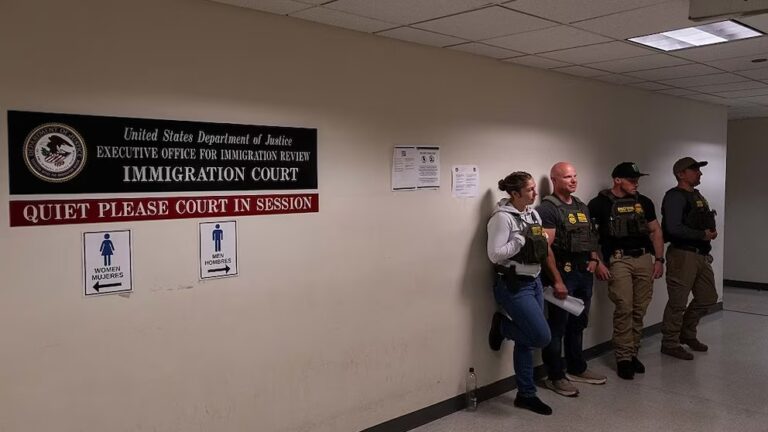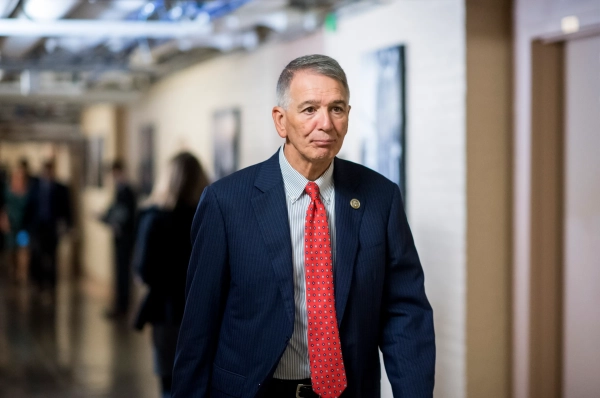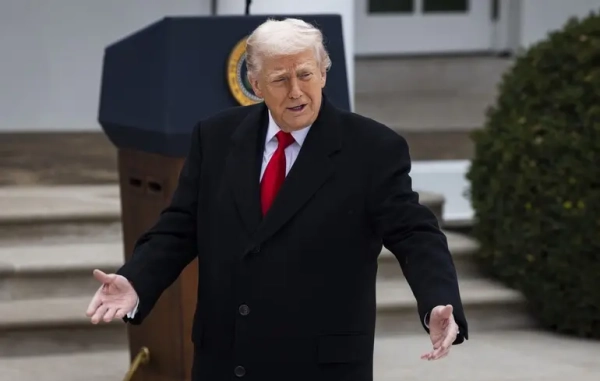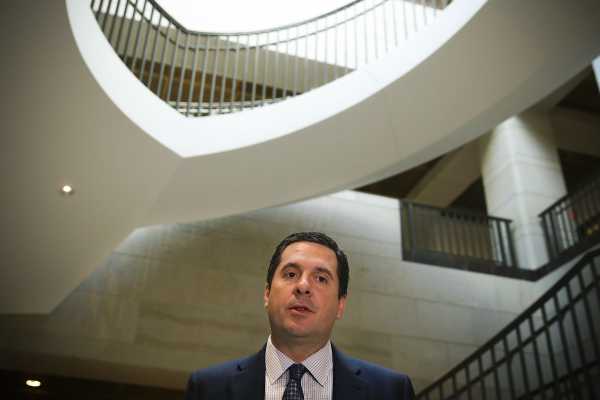
This was a strange week full of even more sound and fury than the typical week of Trump-era politics. It mostly signified nothing.
From the ritualized dignity of the State of the Union address to the weird drama of Devin Nunes’s secret memo, we had a lot of intimations of great things. But it’s not clear that anything actually happened. Congressional Republicans do not appear to be planning any actual major legislation for 2018, but nobody’s quite willing to say that publicly yet. So shadowboxing continues on a variety of fronts, including a phantom infrastructure bill.
Meanwhile, with nobody in Washington interested in talking about major health legislation anymore, all eyes have turned to the private sector — where some of American business’s most identifiable leaders have come together to promise … well … it’s not really clear what.
Here’s what you need to know.
It’s a “new American moment”
Donald Trump delivered his first official State of the Union address, largely dedicated to taking a victory lap on the passage of last year’s tax bill and the healthy state of the labor market. He mentioned a couple of major policy areas, including prescription drugs and family leave, but didn’t actually endorse any policies on them. The meat of the speech, such as it was, was reiterating the White House’s stance on the Deferred Action for Childhood Arrivals (DACA) program.
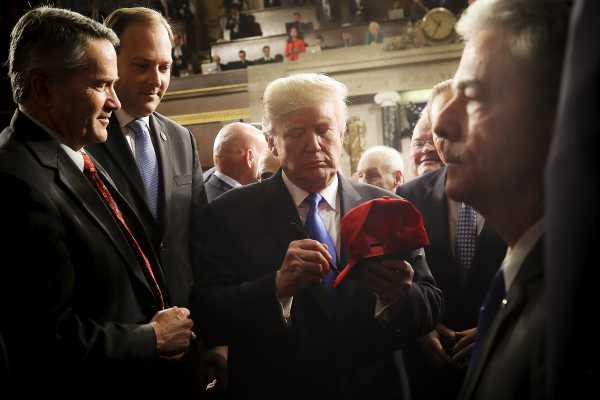

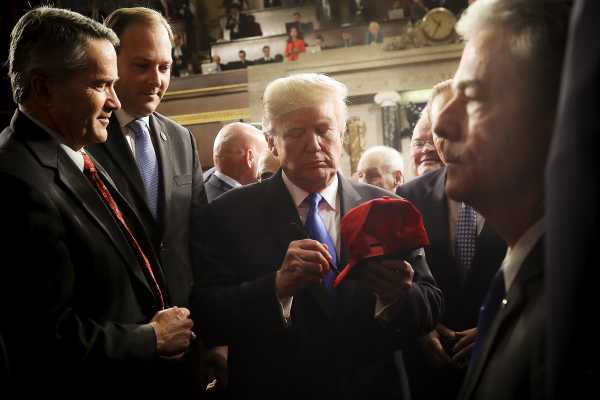
- Clarity on immigration: After months of being a bit all over the map, the White House has now outlined a clear stance — it’s willing to create a relatively generous path to citizenship for DREAMers if and only if Congress enacts sweeping changes to American immigration law, including a 50 percent cut in legal migration.
- Trump lies about ratings: Trump bragged that “45.6 million people watched, the highest number in history” though in fact the debut SOTUs from presidents Barack Obama, George W. Bush, and Bill Clinton all attracted more viewers despite the lower population.
- Democrats have a new Kennedy: Rep. Joe Kennedy III (D-MA) delivered an Obama-esque response message for Democrats, emphasizing broad themes of national unity that cross-cut class and ethnic divides.
We talked a lot about a memo
Much of the week’s political speculation was taken up by a raging controversy over whether or not the Trump administration would overrule FBI and DOJ national security objections and declassify a memo written by House Intelligence Committee staffers allegedly revealing massive misconduct related to the Trump-Russia investigation. On Friday, the memo came out and did not appear to reveal massive misconduct related to the Trump-Russia investigation.
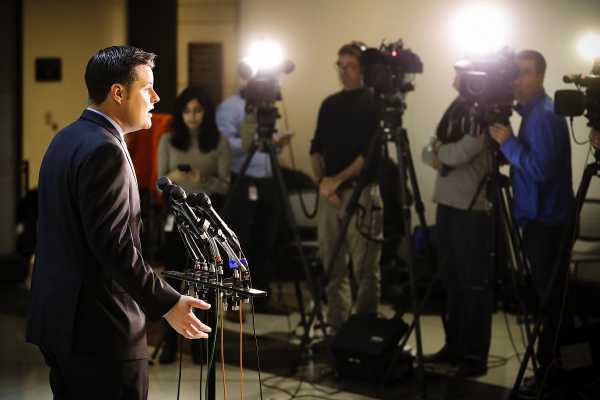

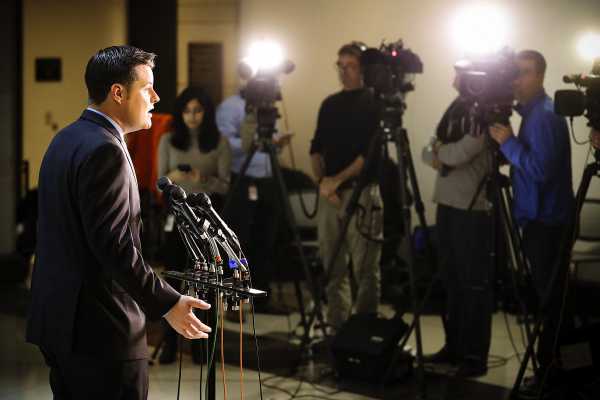
- What the memo says: At its core, the memo alleges the FBI’s Foreign Intelligence Surveillance Court (FISA) warrant application cited the Steele dossier to justify surveillance of Carter Page without disclosing the full origins of the dossier.
- Why it matters: It does not appear to matter in any way. The memo doesn’t say the Steele dossier was the sole basis of the FISA application, the FISA warrants were renewed multiple times, meaning the court found the surveillance was bearing fruit. And the memo itself acknowledged that the origin of the Trump-Russia inquiry was information provided by George Papadapoulos and nothing to do with Steele or Page.
- What’s next? Trump was supposedly interested in the memo because he believed its release would help discredit the Mueller investigation. Many Democrats worry it will be used as a pretext to fire Deputy Attorney General Rod Rosenstein, Mueller, and possibly FBI Director Christopher Wray. Legally, however, Trump is free to fire these people whenever he wants, with or without an unpersuasive memo to back him up.
Trump has an infrastructure plan
The Trump administration began to roll out its long-awaited infrastructure plan, briefing reporters on the broad outlines and plugging it in the State of the Union. All that’s missing, basically, are all the details.
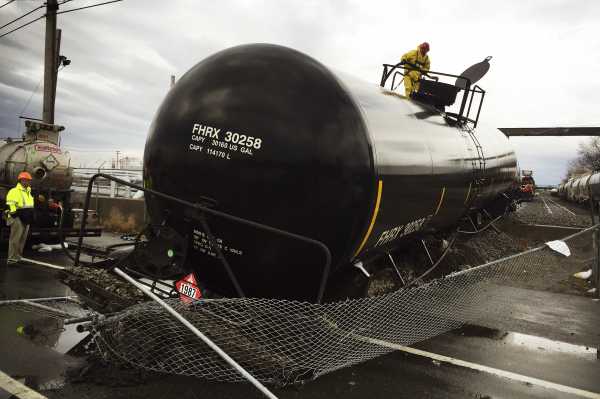

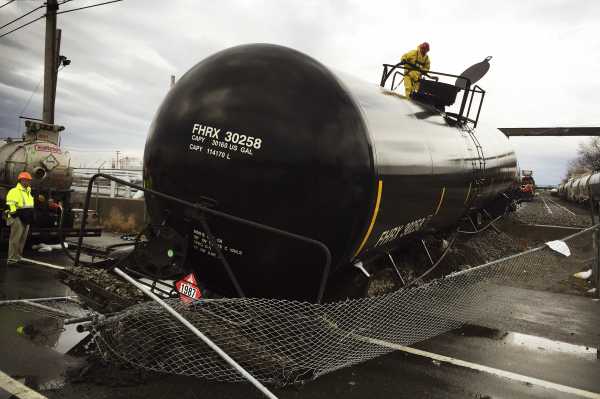
- The basic idea: The federal government should make $200 billion in new money available for infrastructure projects, requesting a 6.5-to-1 match from state and local government to generate a total in $1.5 trillion in new infrastructure spending.
- There’s no deeper version: Where does the $200 billion come from? How do state and local governments laboring under balanced budget requirements find the remaining $1.3 trillion? What is the money spent on? There are no answers to these questions, and apparently no intention for the White House to answer them — it’s all being punted to Congress.
- What’s next? Almost certainly nothing, but Trump can say he’s done an infrastructure plan.
Amazon is (maybe) going to revolutionize health care (maybe)
Wednesday’s announcement that Amazon is teaming up with JPMorgan Chase and Berkshire Hathaway to launch a new health care company was greeted with enormous early excitement in the business press, followed by disappointment as health care reporters failed to discern much in the way of a big idea here.



- Why it’s a big deal: Jeff Bezos, Warren Buffett, and Jamie Dimon — the CEOs of the three companies in question — are among the most prominent business leaders in America, and Amazon in particular is known for bringing down prices in a wide range of markets.
- Why it’s not: It’s already quite common for big American companies to fund their own insurance risk pools (this is called “self-insuring”) rather than paying a separate insurance company to provide that service. There’s a sound business case for doing it this way if you’re big enough, but there’s nothing particularly innovative about it.
- But it might be a big deal: Amazon has mastered the art of perfecting internal corporate services and then turning them into external products. Its most successful line of business currently — Amazon Web Services — started as the back end for Amazon.com but has grown into a more profitable business than the core internet retailing ever was.
Sourse: vox.com
